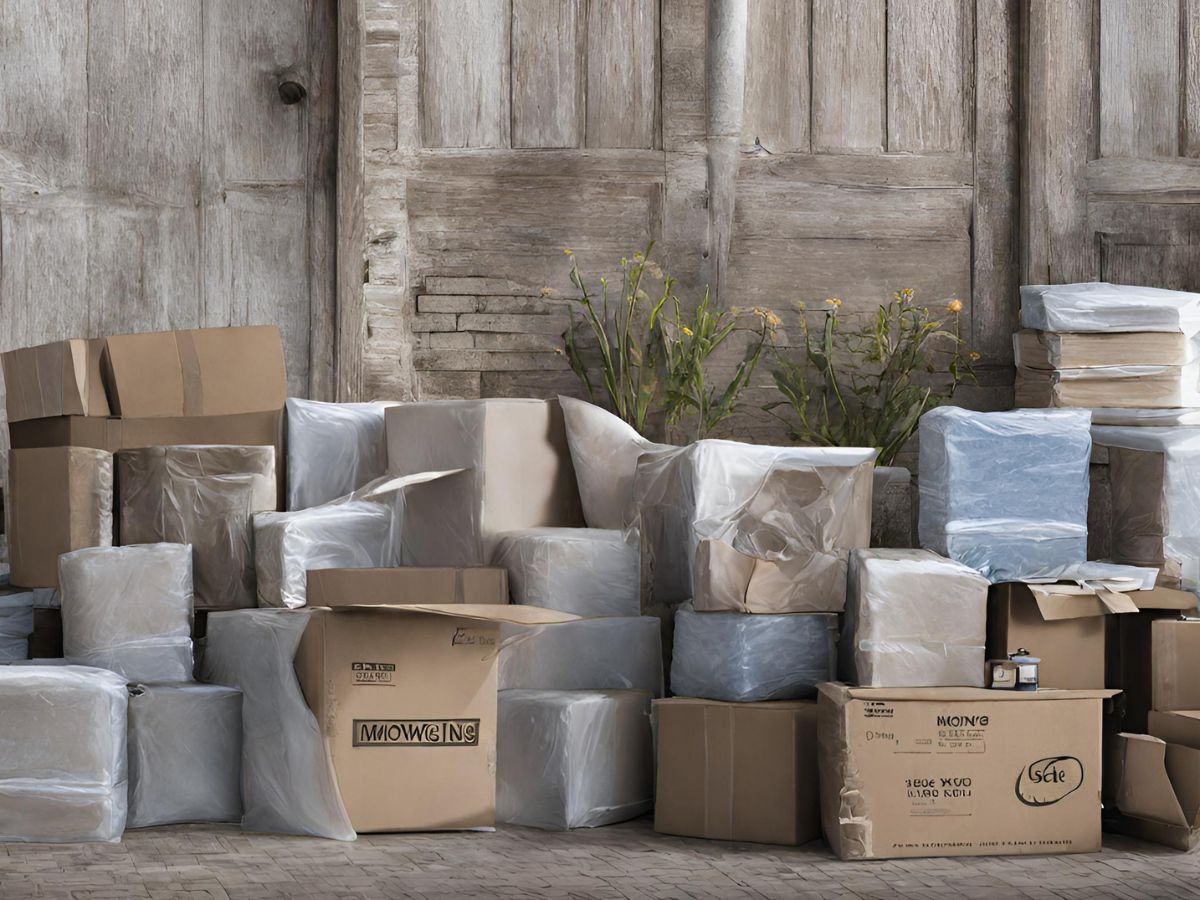Hay production is a critical component of the farming industry. Farmers use hay to feed their livestock, and it can also be used as a source of animal bedding. To produce enough hay each year, farmers need access to specialized equipment that allows them to harvest, transport, and store their hay efficiently. We will discuss four pieces of equipment used in the process: mowers, balers, rakes, and wagons.
1. Mowers
A mower is a machine used to cut a supply of hay. It has large, sharp blades that rotate rapidly as the mower moves forward. When the blades hit the grass, they slice through it and produce small pieces that can be collected and compressed into bales.
2. Balers
A baler is a type of equipment used by farmers to compress hay into compact cylindrical or rectangular bales. The process begins with a vertical spinning cylinder called a “bale chamber inside the baler.” A typical cylinder contains 100-300 individual horizontal paddles arranged in three staggered layers. As the chamber turns around its axis, it draws loose hay from a pit below and delivers it to the chamber. The paddles in the chamber press and consolidate grass, hay, or straw into a dense, cylindrical roll called a bale.
3. Rakes
Hay rakes are agricultural implements designed to gather loose material such as hay, crop residues, chaff, or leaf litter into windrows for easy collection. Rakes may be dragged by draft animals, pulled by traction wheels on the front of the implement, or pushed behind a tractor or combine harvester (for large-scale operations). Where irrigation water and mechanical power are available and affordable, they can also be used to gather hay into windrows while it’s still growing. This is called “field picking,” which allows farmers to pick up even very young plants without harming the roots.
4. Wagons
A wagon is a heavy four-wheeled vehicle pulled by one or more draught animals that carry people and loads. Wagons are known from the earliest times of their civilization, being “introduced by ancient Semitic people to Greeks and Etruscans who spread its use throughout Europe. The discovery of these early wagons demonstrates that ancient Europeans used utility vehicles similar to those built thousands of years later during the Classical period.
Some other types include skeleton wagons made from a light framework on the wheels with a rectangular basket though later models used a complete wagon-sized wooden frame. Skeleton wagons were first introduced in the middle of the 18th century and were built through to about 1900.
Sod wagons, also called dung carts, had a similar construction to skeleton wagons except that they carried loads of farm produce such as turnips, swedes, and hay rather than minerals and ore. A water or slurry wagon is a flatbed truck or tractor-drawn trailer hauling an open or covered tank containing either fresh drinking water for livestock, town water supplies, or slurries of liquid feed from one location to another.
Different types of equipment are used to help the process go smoothly. Hay mowers, balers, rakes, and wagons all contribute to the overall success of hay production. One piece of machinery is not superior to another; instead, each has its benefits for farmers. Hay rakes are usually used when the grass is still growing, while other machines can be used after being harvested. A wagon can pick up smaller amounts when a hay rake requires a larger amount of hay for picking up at once. All in all, using these pieces of equipment provides an efficient way to get produce throughout the year.




